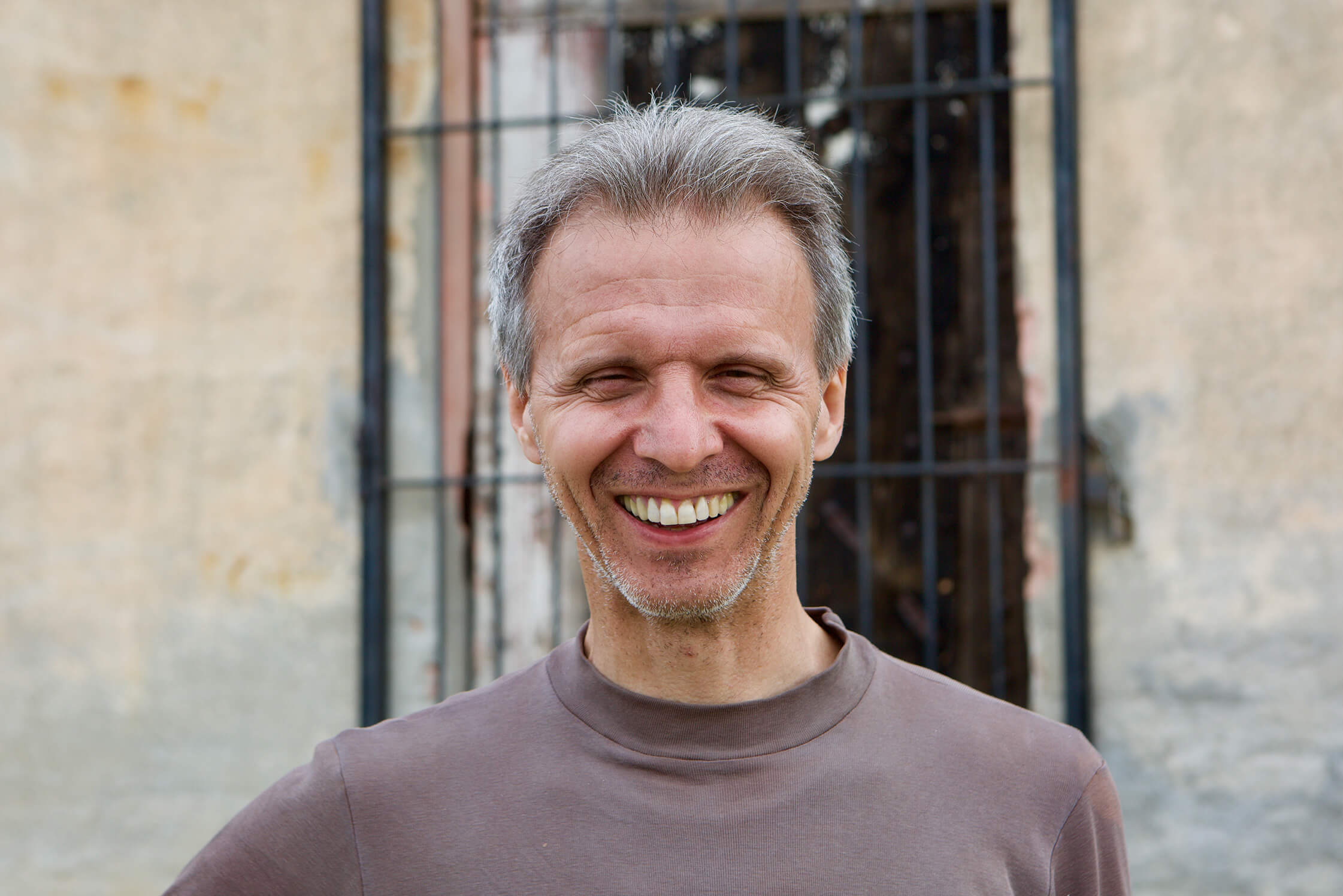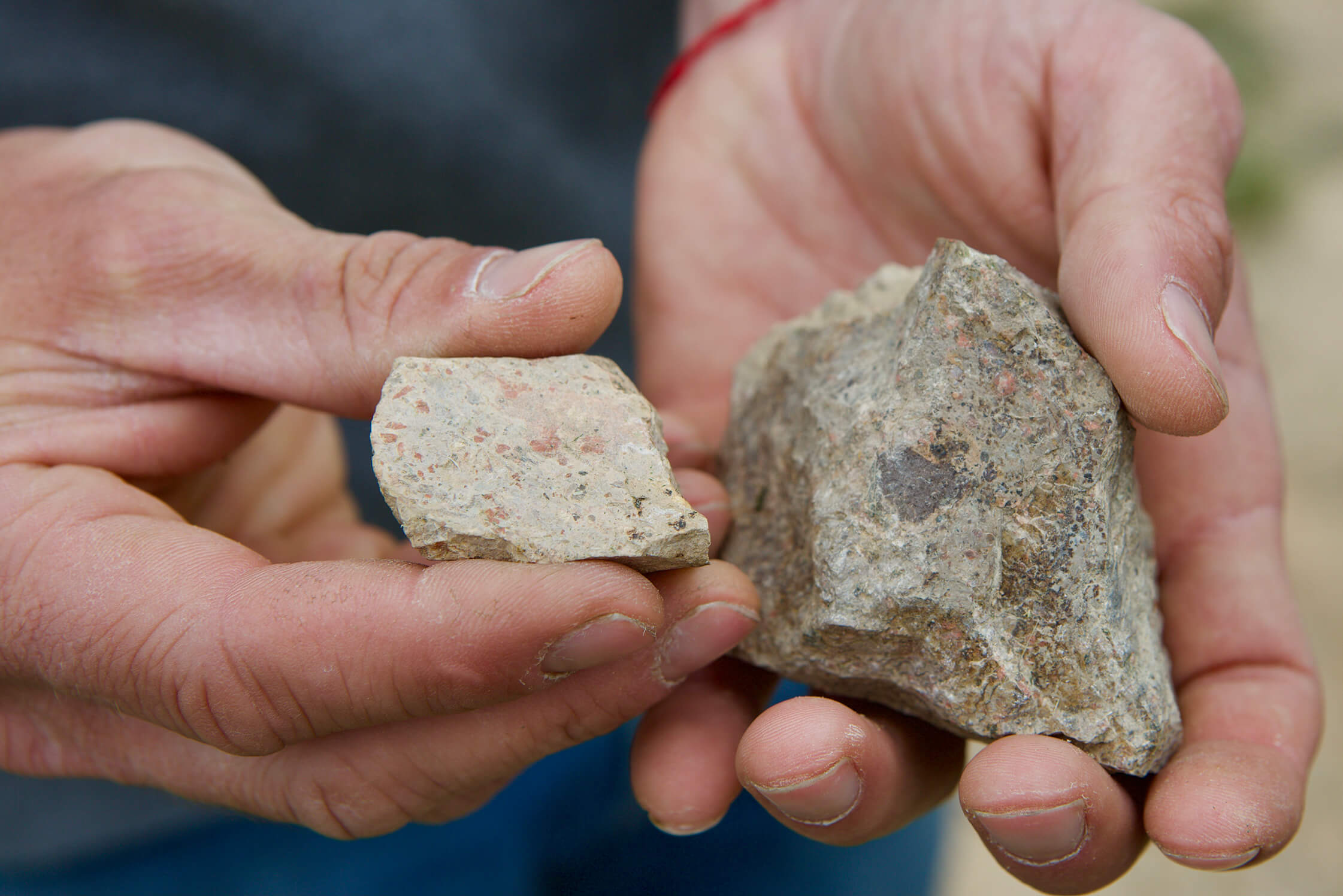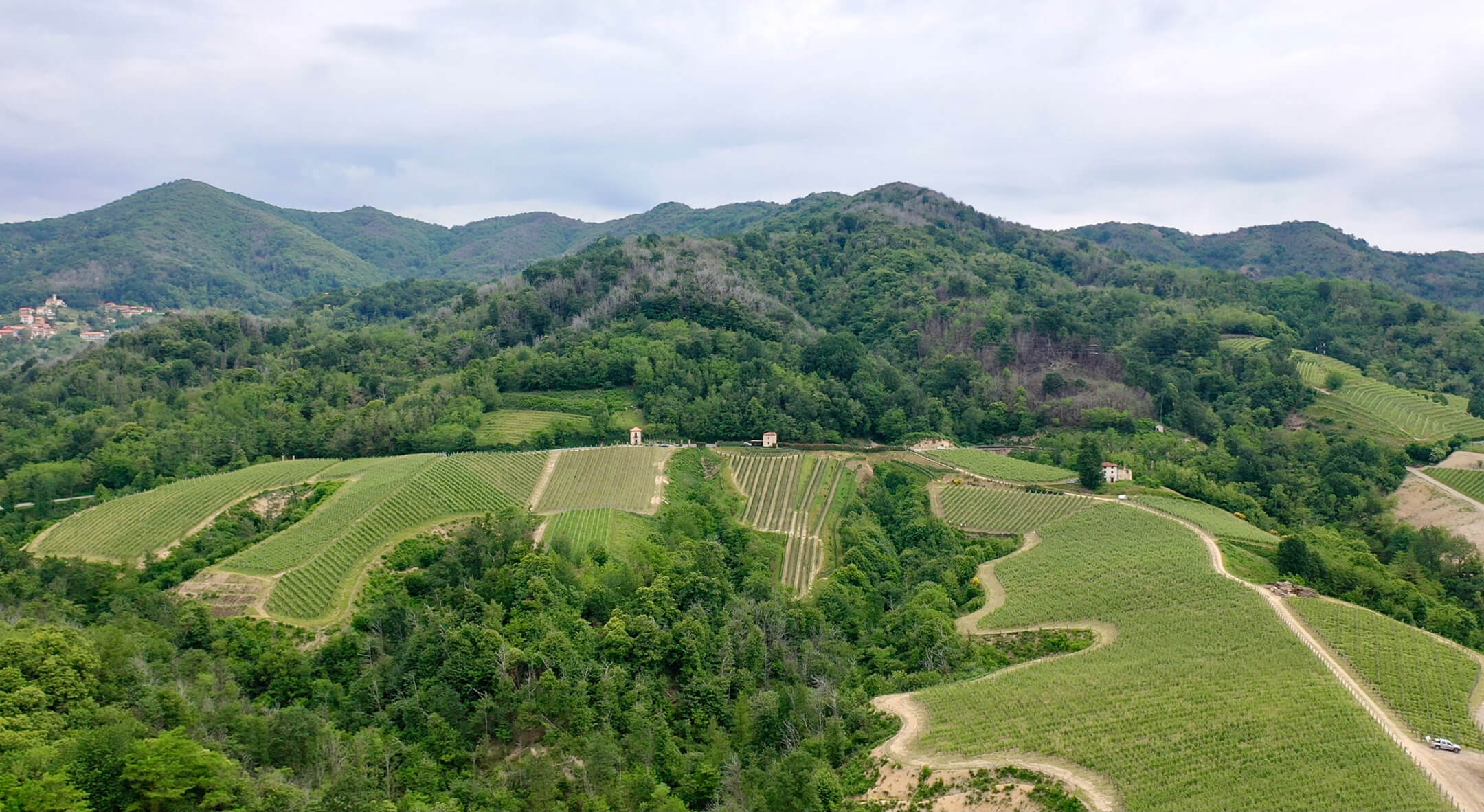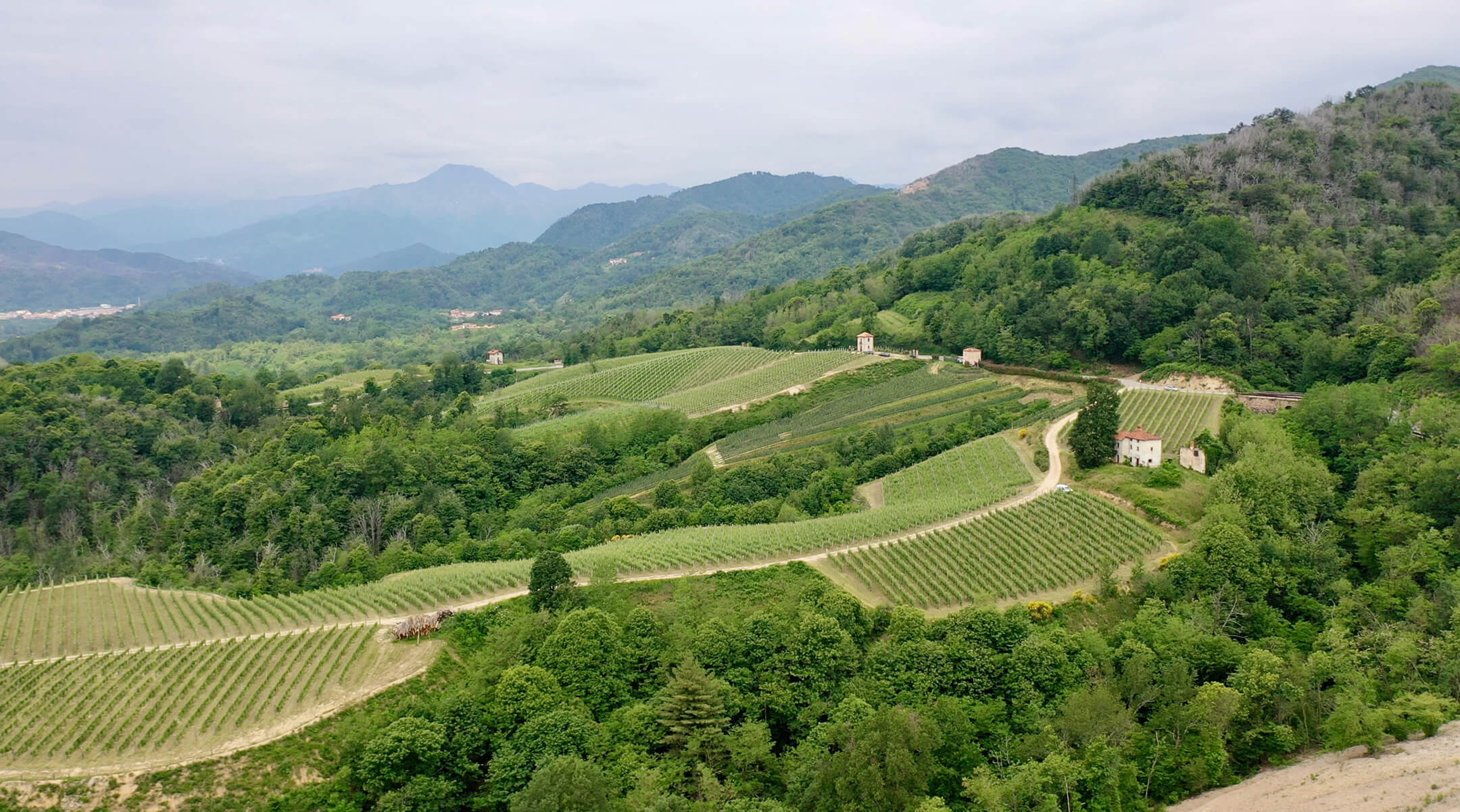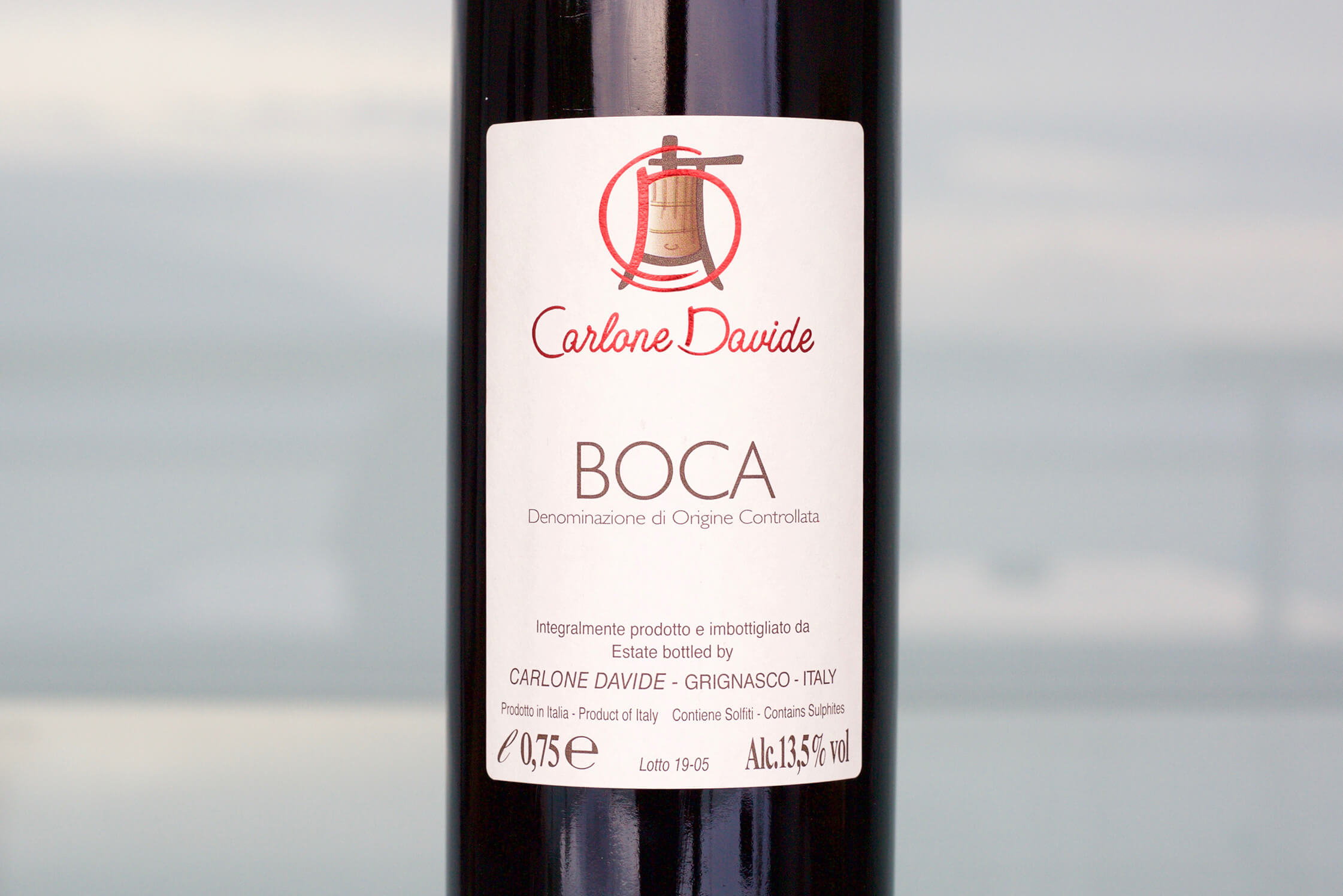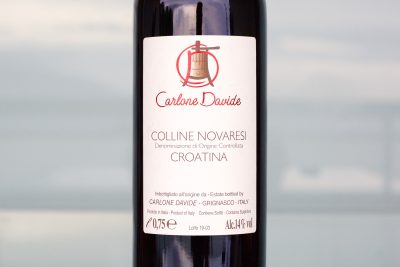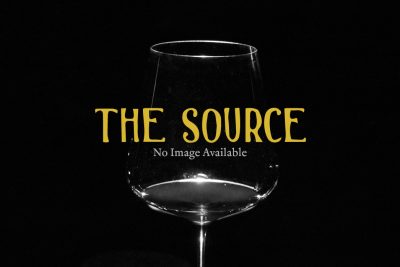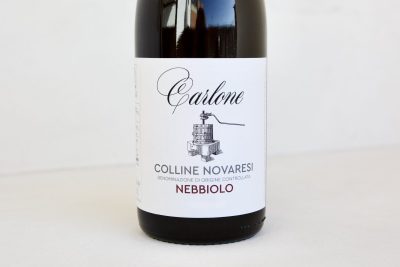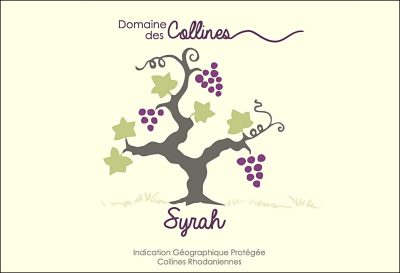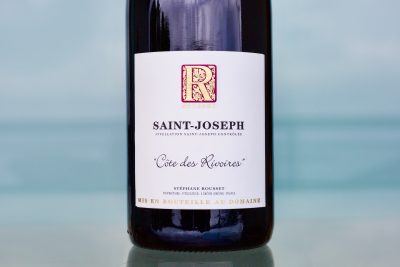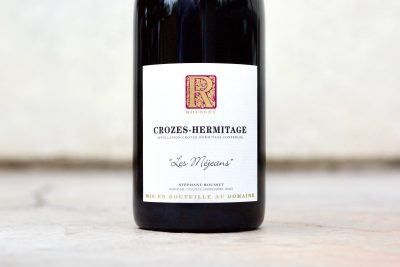Davide Carlone
Piedmont, Italy
This website contains no AI-generated text or images.
All writing and photography are original works by Ted Vance.
Davide Carlone’s organic 11 hectares (and growing) mostly face south/southwest at 380-450 meters on the volcanic remnants of the Valsesia Supervolcano with an Alpine influenced continental climate. The production is mostly from young and middle-aged vines. Nebbiolo is the focus with a supporting cast of Croatina, Vespolina, and Erbaluce. His Boca DOC wines are traditionally made in larger oak botti and all the single varietal wines are aged exclusively in steel.
Davide Carlone - 2018 Boca
Price: $50.00
Size: 750ml
Availability:
24+ in stock
Type of Wine: Red
Grape(s): 85% Nebbiolo, 15% Vespolina
Style: Mineral, Rustic, Medium Body, Elegant and Aromatic
GROWER OVERVIEW
Davide Carlone started to work in a small vineyard left behind by his late uncle in 1988. Two years later he rented another, igniting his passion for wine. His 11 hectares (and growing) mostly face south and range between 380-450 meters on the remnants of the Valsesia Supervolcano. Its rocky terrain is a bedrock commonly known as porphyry, though it’s technically rhyolitic ignimbrite. Carlone’s production comes mostly from young and middle-aged vines and a few vines that are 80-100 years. Nebbiolo is the focus with a supporting cast of Croatina, Vespolina, and Erbaluce (as of 2021 vintage). He works traditionally with larger old oak botti and extended aging for the Boca wines, while all the single varietal reds are aged exclusively in steel.
VINEYARD DETAILS
Carlone’s Boca DOC is 85% Nebbiolo (from 8 biotypes and counting) and 15% Vespolina planted between 1973-2008 with a south/southwest exposure at 400-460m on volcanic bedrock and rocky, sandy volcanic topsoil.
CELLAR NOTES
Fully destemmed natural fermentation (30 days for Nebbiolo, Vespolina for 14-18 days). Aged 18 months in mostly old 25hl Slovenian oak botte. No fining.

